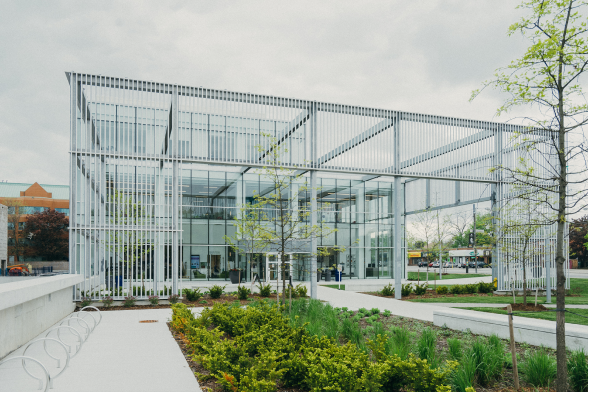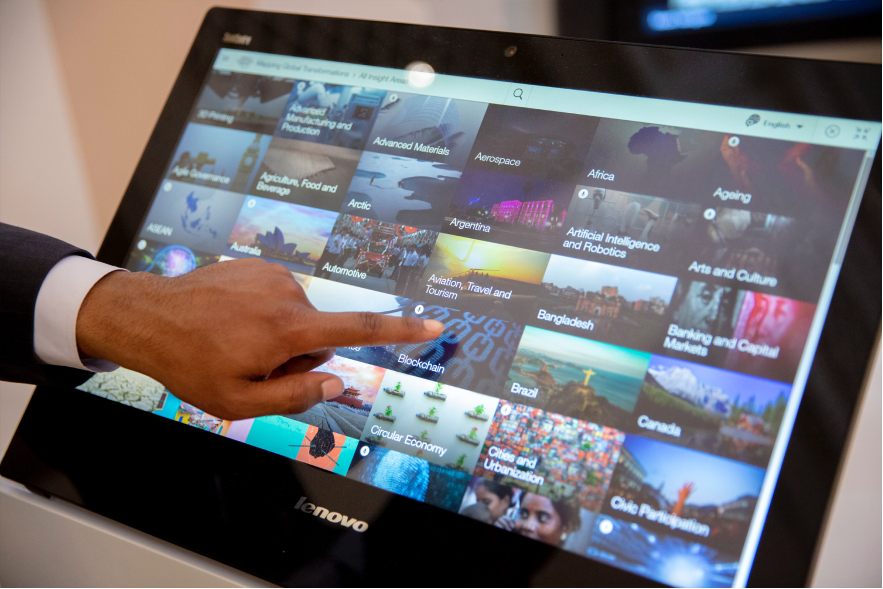Managing facilities presents a number of underlying issues that make supervision efforts more time consuming and uncoordinated than needed. From keeping the store area clean, safe, maintained and attractive, your responsibility is to assist retail establishments in enhancing its brand in the face of customers. The logistics of such a duty can entail managing maintenance requests, handling leasing contracts, managing payments, and a number of other tasks that require the undivided attention of it’s supervisor. Although there are a number of reliable tools that make the process of managing retail vendors and technicians easier, these tools are often unconsolidated and require parallel management to achieve their desired results.
Furthermore, It is difficult and time consuming to track and manage these logistics when most systems and tools are often not consolidated on one platform. Retail facility owners need to consider that there lies an unrecognized benefit in interconnecting their systems. If done correctly, this can enable supervisors with the ability to streamline processes that allow for greater stakeholder connectivity and deeper data analytics. Overall, this will simplify facility management management while improving the way operations are handled.

It’s no industry secret that improving management processes can both increase productivity and reduce expenses. However, each industry and each company will require different approaches in order to optimize management operations efficiently. So, what can retail facility owners do in this specific case? As mentioned earlier, by focusing on strengthening stakeholder connectivity and collecting deeper data analytics, facility managers can optimize management processes by capitalizing on useful tools to solve their primary concerns and inefficiencies.
Below we will go over two identified pillars; stakeholder connectivity and data analytics. By focusing on these two pillars, we will elaborate on the features and tools that would be ideally required to improve facility management as a whole.
By strengthening stakeholder connectivity, as well as stakeholder engagement, facility managers can have a better connection with each participant in a multi-faceted manner. This kind of approach should allow each stakeholder to utilize an application, whether it be mobile or web, in order to communicate, manage and request specific information or requirements.
For vendors, this can entail something as simple as requesting maintenance, making payments or managing leasing contracts that are due for renewal. This would allow for a direct and seamless communication line that could better facilitate the needed services that happen between vendors and facility managers. Take maintenance requests, for example. Through such a platform, managers can receive notifications of requests with detailed descriptions and multimedia elements (photos, videos) sent by vendors to help managers prioritize and manage responses. Furthermore, these requests can be assigned and sent to technicians so that they can be better prepared and equipped with the appropriate tools or equipment.
Data is critical for understanding where facilities management processes and procedures stand. There are a number of reasons why facilities would want to collect in depth data. Many of these reasons directly attribute to confirming known inefficiencies, discovering new ones, or proving a hypothesis wrong/correct.
However, in order for this to be possible, facility owners would need to adopt or integrate a management system that collects transmitted data in a multifaceted way through various technology points. Such a system should allow for auto-generated reports, automated KPIs, and overall measurements of management tasks to help strategize forward-thinking decision making.
So, what could a potential use case look like? Take “work order response time” for example.
By rigging technicians with a mobile application that is connected to a management system, records can be collected when technicians open their assigned task, mark start and complete times, document results, and receive feedback from vendors on quality of work. By time-stamping and collecting these data points, the system can automatically build a KPI report in an automated and transparent fashion for greater convenience. Although this is just one example, the same can be done for cost per repair, leasing contracts, payments, and much more.
If you would like to learn more about how our Facility Management platform can help benefit your business, or would simply like to understand how this solution can be leveraged in different verticals or scenarios, feel free to visit the Facility Management page or contact us to start a dialogue!



Discover how integrating AI into existing surveillance systems can increase business growth and overall improve customer experience.
By making connectivity and data processing the center piece of your management effort, productivity can increase while reducing downtime.
How Artificial Intelligence can completely change and improve customer service experience within the landscape of the retail industry.
Contact us today to learn more about our services and solutions to enable maximum growth and sustainability in your business venture.